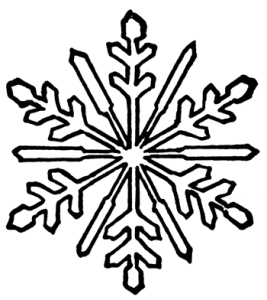Snow? Here we go – again!
I grew up in New York City, where snow in the winter is, well, no big deal. I moved to Texas in the mid 80s and have lived in Georgia and Alabama since then. When that four-letter weather word is in a southern forecast, many residents won’t believe it until they see it. Even before the first flakes fall, if they believe it enough, they’ll empty store shelves of the four essentials: milk, bread, toilet paper and beer (not necessarily in that order). It’s the kind of forecast that can make or break a career for a meteorologist and the public has a long memory for the latter.
As a meteorologist, I know the complexity of this forecast; how only the distance of a few dozen miles can mean the difference between a blizzard and just cold rain. I’ve lost count of the number of times I’ve walked into a newsroom having to answer a barrage of questions: “how much will we get, when will it start and is it really going to snow?” I’ve come to accept that when giving a forecast, people hear what they want to hear, despite what you might say. In vogue now is the concept of trying to communicate the uncertainty in the forecast. While well-intentioned, this approach often leaves the viewer scratching their head. That perky guy or gal on TV might show what model A, B and C say is going to happen, viewers want to know is just what those people in the newsroom want to know – is it really going to snow? Their amount of skepticism is directly proportional to the last forecasted event.
The second hardest job, right behind a meteorologist trying to forecast this rare event, is anyone charged with public safety. Whether its an emergency manager, mayor or governor, this is a thankless job. Who wants to declare a state of emergency but only end up with wet, damp or dry roads? Or the reverse – no action taken or taken too late followed by a record white out and an irate populace spending hours on uncleared roads! After a few busts, the prevailing strategy seems to be: hope for the best and plan for the worst. These elected and appointed officials have to interpret often conflicting information between the National Weather Service and other sources (those guys and gals on the tube again). So it all comes down to trust. Trust a forecast or trust your gut.
Despite all the technology we’ve become accustomed to in the palm of our hand, we might not be able to do much better than that for a while…

